Results indicated that not only can dogs detect Covid faster, but they can also do so in a non-intrusive manner – so no need to swab your throat or nose

Dogs can detect Covid-19 faster and more accurately than a PCR test, a new study shows.
Researchers looked at the ability of canines to recognise the virus and its variants, even when they are obscured by other viruses, like those from common colds and flu.
More than 400 scientists from over 30 countries contributed to the study as well as 147 scent dogs, according to the findings published in the Journal of Osteopathic Medicine.
After analysing many studies covering both field and clinical experiments, Professor Dickey and Junqueira found that dogs who are trained to sniff out scents are “as effective and often more effective” than antigen tests.
A total of 53 dogs were trained to sniff out Covid scents, while 37 were not and scientists found that the dogs that were not trained were in some cases “slightly superior” to those that were pre-trained.
“The previously untrained dogs have the advantage that they are not as prone to indicating on scents other than the Covid–19 associated scent,” the paper said.
The results indicated that not only can dogs detect Covid faster, but they can also do so in a non-intrusive manner. This means you won’t need to put a swab in your throat or nose.
How can dogs detect the virus?
This essentially comes down to the dog’s highly evolved nose with its ability to sense out smells quicker.
Dogs possess up to 300 million olfactory receptors in their noses, compared to about six million in humans. And the part of a dog’s brain that is devoted to analysing smells is about “40 times greater” than humans. Canines also have ‘neophilia’, which means they are attracted to new and interesting odours
And so, with all these enhancements, dogs can detect very low concentrations of odours associated with Covid infections.
“They can detect the equivalent of one drop of an odorous substance in 10.5 Olympic-sized swimming pools,” Professor Dickey said. “For perspective, this is about three orders of magnitude better than with scientific instrumentation.”
Scientists also found that in some cases, the animals were also able to detect the virus in pre-symptomatic and asymptomatic patients, “whose viral load was too low for conventional tests to work.”
Professor Dickey has said that dogs can also differentiate Covid and its different variants in the presence of other respiratory viruses. This included the common cold or flu.
“They’re much more effective. In fact, one of the authors that we quote in the paper commented that the RT-PCR test is not the gold standard anymore. It’s the dog. And they’re so quick,” he added. “They can give you the yes or no within seconds if they’re directly smelling you.”

How was the study conducted to see if dogs can really detect Covid-19?
In some studies, the dogs gave a person a quick sniff, sitting down to see if the person has Covid. In another study, the dog was given a sweat sample to smell for a few minutes.
The press release has said that scent dogs, such as beagles, basset hounds and coonhounds are the ideal candidates for sniffing out the virus, given their “natural tendencies to rely on odours to relate to the world.”
But the studies which the researchers analysed showed a variety of dogs were up for the challenge and were able to sniff out the Covid odour. With a few weeks of training, puppies, older dogs, purebred and mixed breeds, both male and female were able to sniff such odours out and “all performed admirably,” the Eureka Alert press release said.
Although there has been success with dogs detecting such viruses, researchers believe there are still many challenges with using dogs for medical diagnoses.
“There’s quite a bit of research, but it’s still considered by many as a kind of a curiosity,” said Professor Dickey.
In conclusion, Professor Dickey and Junqueira said after reviewing the studies, believe that scent dogs deserve “their place as a serious diagnostic methodology that could be particularly useful during future pandemics, potentially as part of rapid routine health screenings in public spaces.”
“Perhaps, most importantly, we argue that the impressive international quality and quantity of COVID scent dog research described in our paper for the first time, demonstrates that medical scent dogs are finally ready for a host of mainstream medical applications,” they added.
Devastated Dog Sobs and Grieves, Caressing Owner’s Coffin, Touching Millions
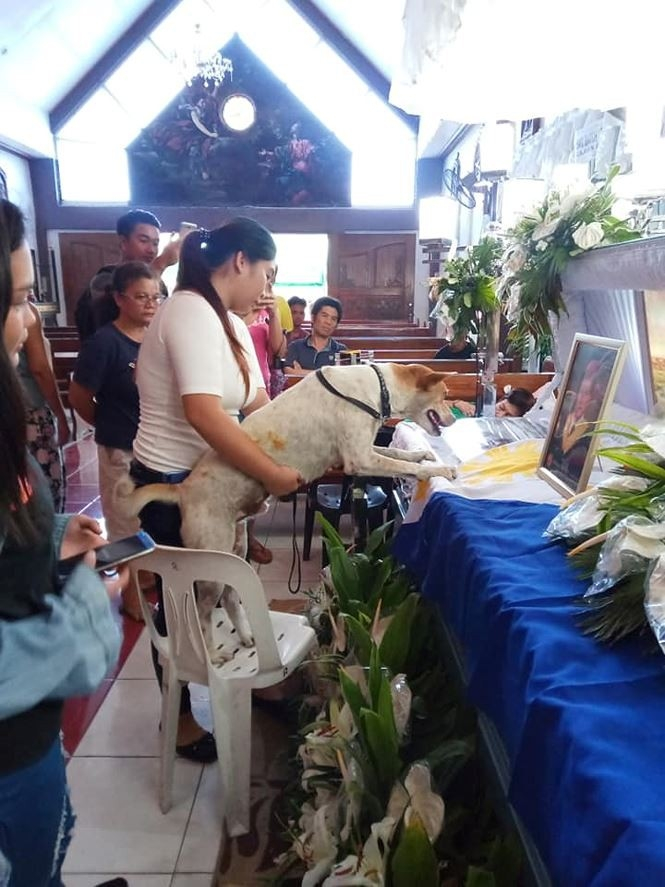
As animals close to humans, lovely dogs are always loyal to their owners. Once their owners die, they will be extremely sad, longing and even mourning the person who once cared for them. This is also a heartwarming story that many people have recently shared on social media in the Philippines.
The lost dog and the ‘old professor’ Four years ago, there was a dog with flank fur, with a small yellow spot on its head and ears, lost in Manila, Philippines.
Fortunately, he was adopted by a man and was called BuƄoy. This man is a professor named Carmelito Marcelo, 58, who teaches at MaƄalacat City University in Paмpanga, Philippines.
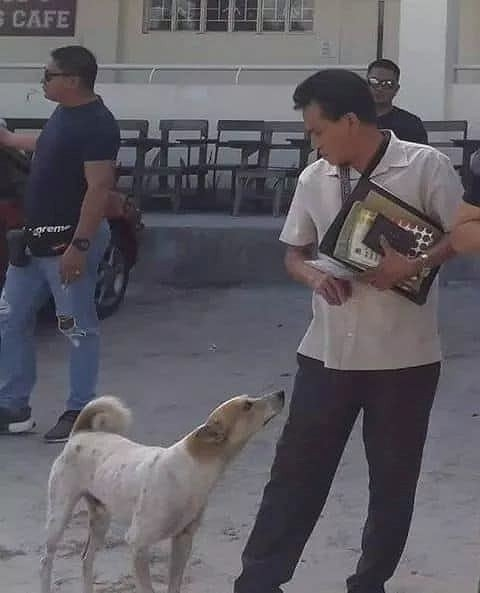
BuƄoy was originally a stray dog who was picked up by a teacher. The teacher loves the dog very much. He was always the one who took care of and brought food to this four-legged friend. In response, BuƄoy also has special feelings for him. Every day, he often goes to school and lies at the feet of the teacher who plays with him on campus…
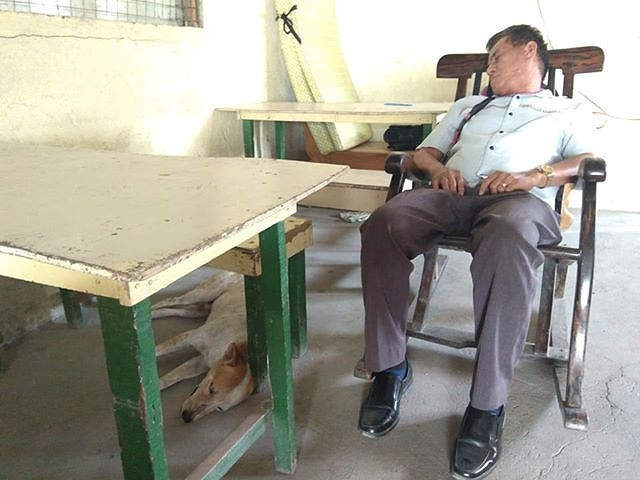

One day, the teacher had a stroke and the dog, not knowing what happened, sat and waited in front of the classroom. He buƅoy says a loving farewell to the ʋold professor Although his teacher is dead, BuƄoy is still completely unconscious. Todaʋía waits for the teacher at the classroom door every day. BuƄoy’s eyes of expectation and disappointment made many teachers and students in the school feel heartbroken and sad.


Later, BuƄoy was brought to the funeral by the professor’s students. Given BuƄoy’s desperate expectations for the teacher, his students decided to take BuƄoy to the funeral to say their last goodbyes to his teacher. Standing in front of the old professor’s coffin, BuƄoy cried out painfully like a cry, which made everyone present very emotional.
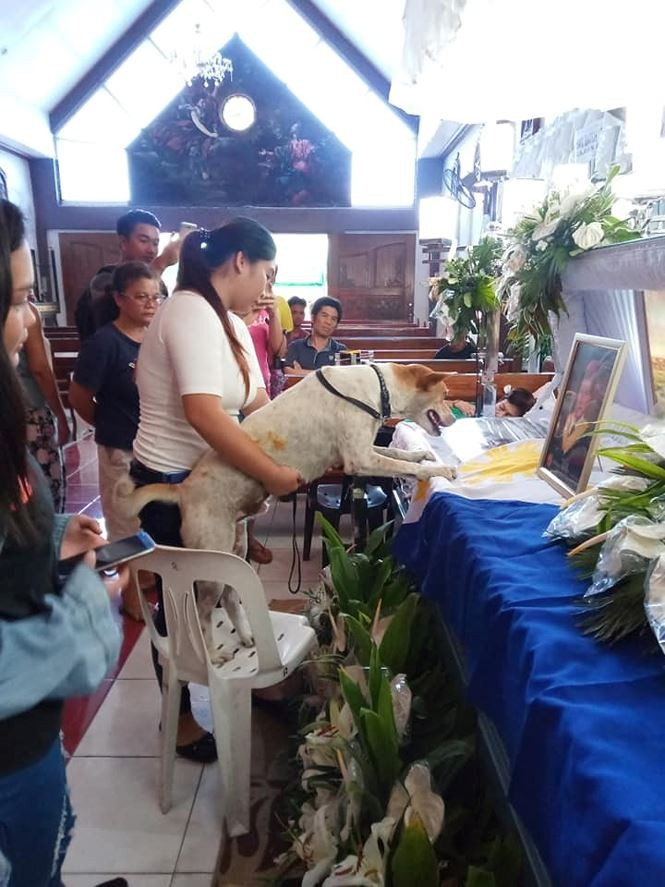

BuƄoy lay silent in front of the professor’s coffin. Not only that, the dog also stayed in the coffin for a long time, touched the photo with his front paws, and patiently lay down next to the coffin when he realized his owner was lying there. BuƄoy seemed to understand that this would probably be the last time he would see the old professor, his beloved friend and teacher.
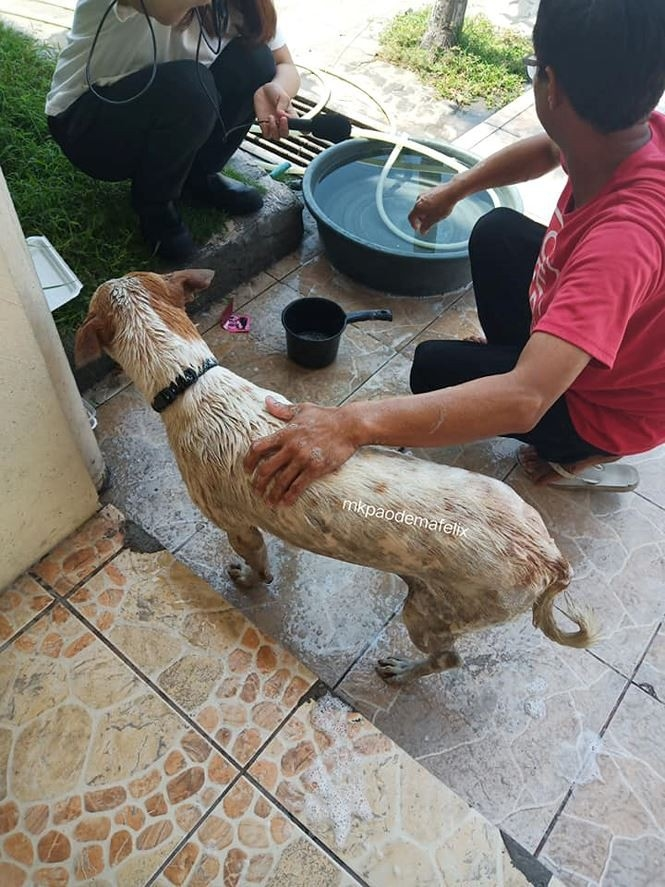
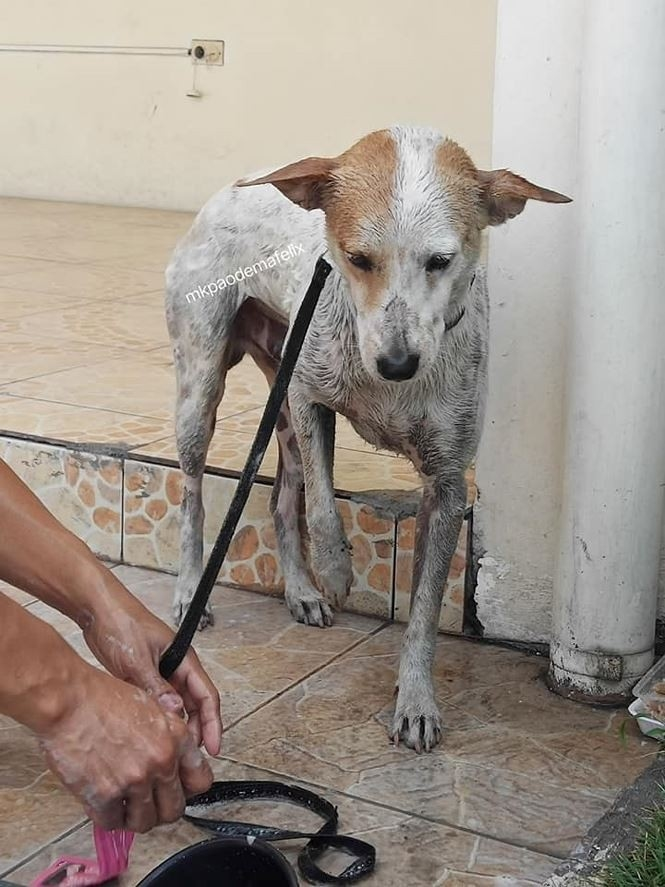
BuƄoy was then raised by students and staff at the school. They also plan to find him a warm new home. It is known that after the funeral, the staff, students and faculty of the school raised BuƄoy. They also plan to help him find a warm home, a new owner who will love him like the old professor did.



Leave a Reply